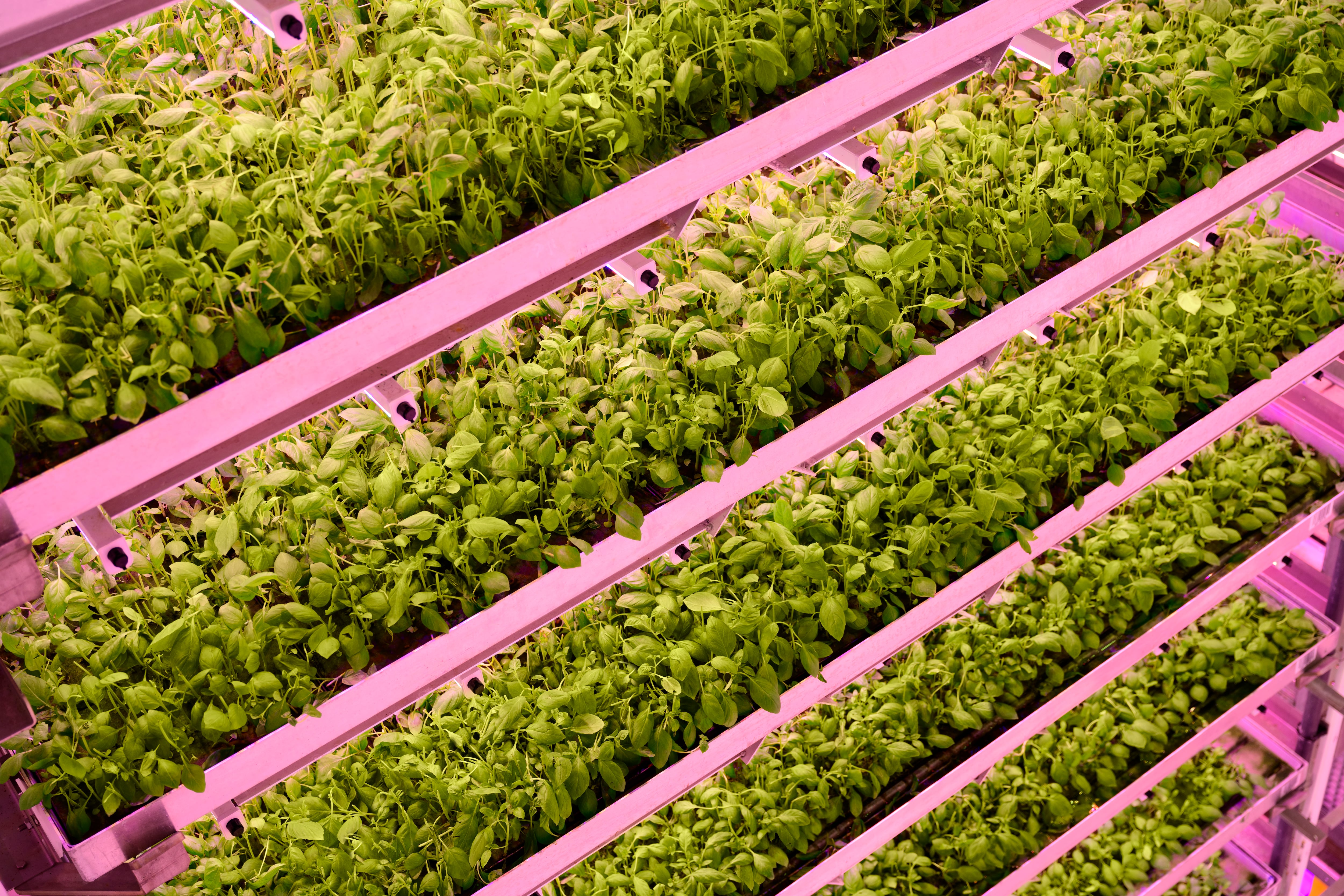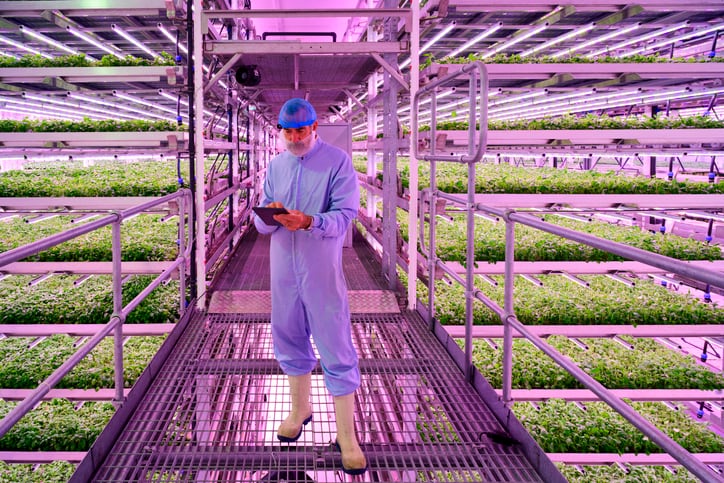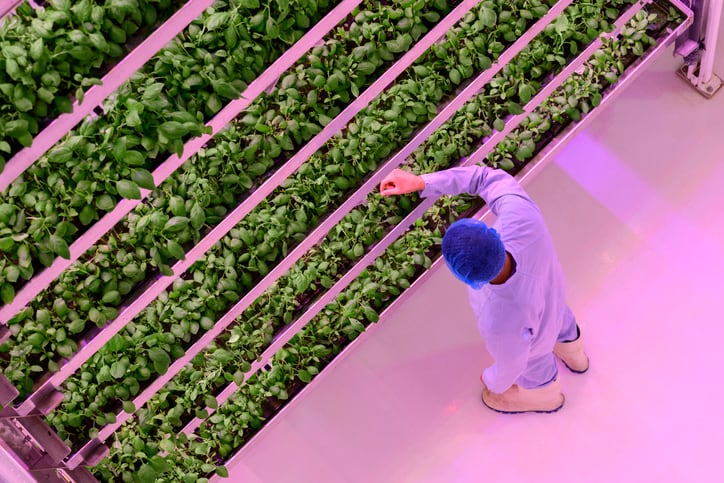With energy price volatility commonly cited as one of the main challenges facing the sector, using renewable energy can offer vertical farms and the CEA sector potential cost savings and protection.
But the results of Agritecture’s 2024 Global CEA Census, which questioned 450 participants in 75 countries, reveals that most growers are not currently using renewable energy technologies. That’s despite respondents highlighting energy efficiency as their primary concern in 2025 and despite most of them saying they are actively exploring renewable energy options in the future.
The results of the survey reveal a “paradox” in the sector, Agritecture’s founder and CEO Henry Gordon-Smith told AgTechNavigator. Operators want more renewables and say it’s important, he said, but adoption is proving a challenge for a number of reasons.
Cost barriers
“The upfront cost of renewable energy systems—such as solar panels, wind turbines, or geothermal systems—remains a significant barrier for many CEA operations,” revealed Gordon-Smith. While these technologies can lead to long-term cost savings, the initial capital expenditure often competes with other priorities, like facility construction, technology upgrades, or operational expansion, he explained. Many of the respondents in the census are relatively new and CEA continues to attract new farmers in general. “They are often still ‘getting the hang of things’ and other priorities push renewables out of the way.”
Tech integration challenges
CEA facilities, especially vertical farms, also have high and consistent energy demands, particularly for lighting, heating, ventilation, and air conditioning systems.
“While renewable energy technologies are advancing, there’s a gap in solutions that provide the level of reliability and scalability required,” said Gordon-Smith. “Storage systems, like batteries, add to the cost and complexity, especially for facilities located in urban environments with limited space.”
Grid dependency and incentives
In many regions, it’s often cheaper and more straightforward for CEA operators to rely on grid electricity, especially if renewable energy incentives are lacking or if the local grid isn’t powered by renewables. “Policies encouraging renewable energy adoption—such as tax credits, grants, or subsidies—vary widely, which impacts adoption rates,” Gordon-Smith complained.
Knowledge and expertise
CEA operators may lack the expertise to assess and integrate renewable energy effectively into their operations, he added. In some cases, they don’t have access to consultants or tools to evaluate the long-term benefits and payback periods of renewable systems. “Many think that you can just cover the roof of a vertical farm with solar but don’t realise that this will make only a minor impact on overall demand as the vertical farms are massive energy hogs.”
Profitability vs sustainability
The sector is still maturing, Gordon-Smith pointe out and many operators are prioritising near-term profitability over sustainability initiatives. “The perception that renewable energy adoption may increase operational costs or delay break-even timelines makes it a lower priority for some.”
Looking forward, Gordon-Smith believes the intersection of technological innovation, decreasing costs, and stronger policy incentives will accelerate adoption. “Agritecture is actively working to address these barriers by helping operators evaluate renewable energy solutions tailored to their needs.
“For the sector to achieve long-term viability, we need collaboration between governments, technology providers, and operators to lower these barriers together.”





